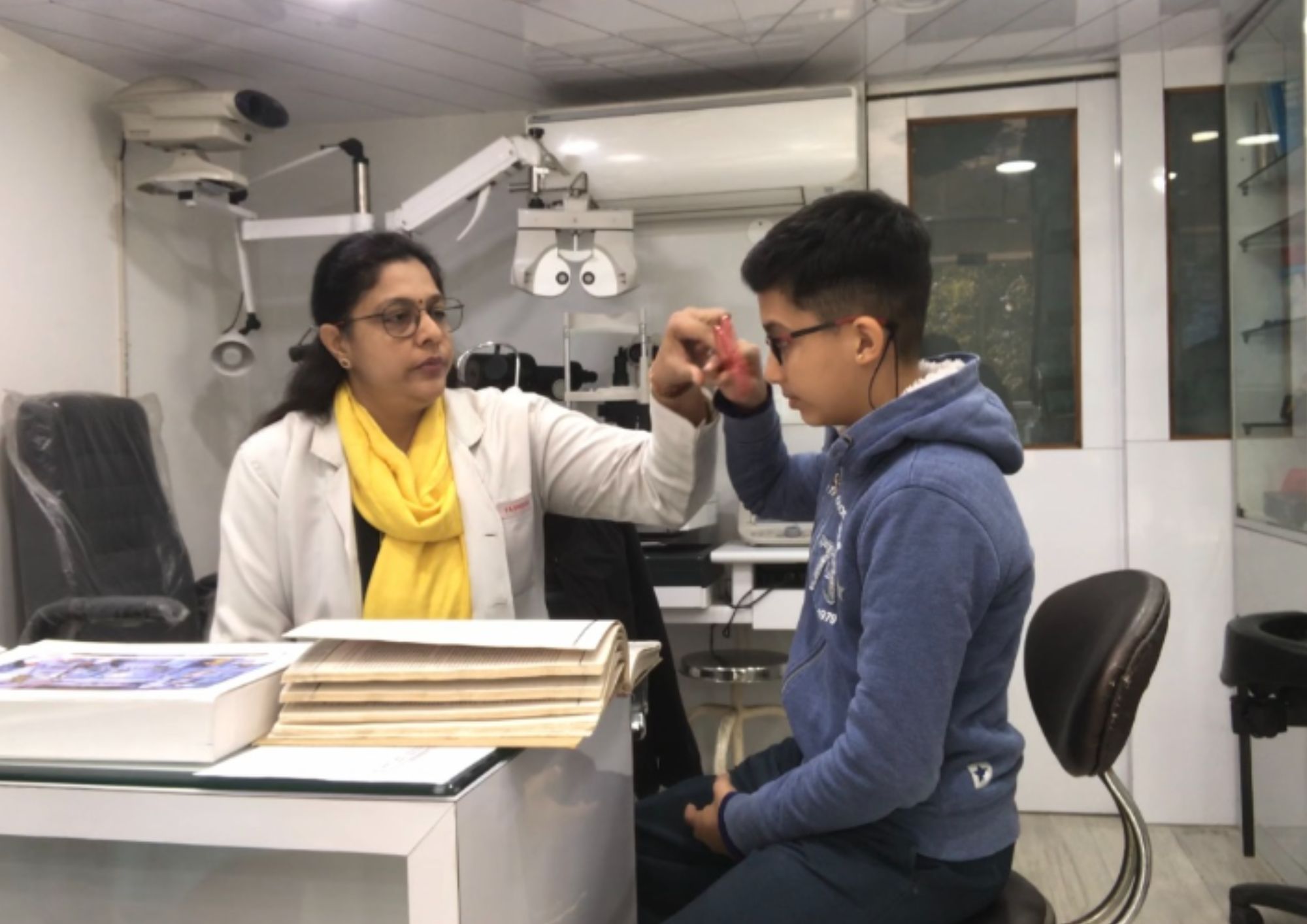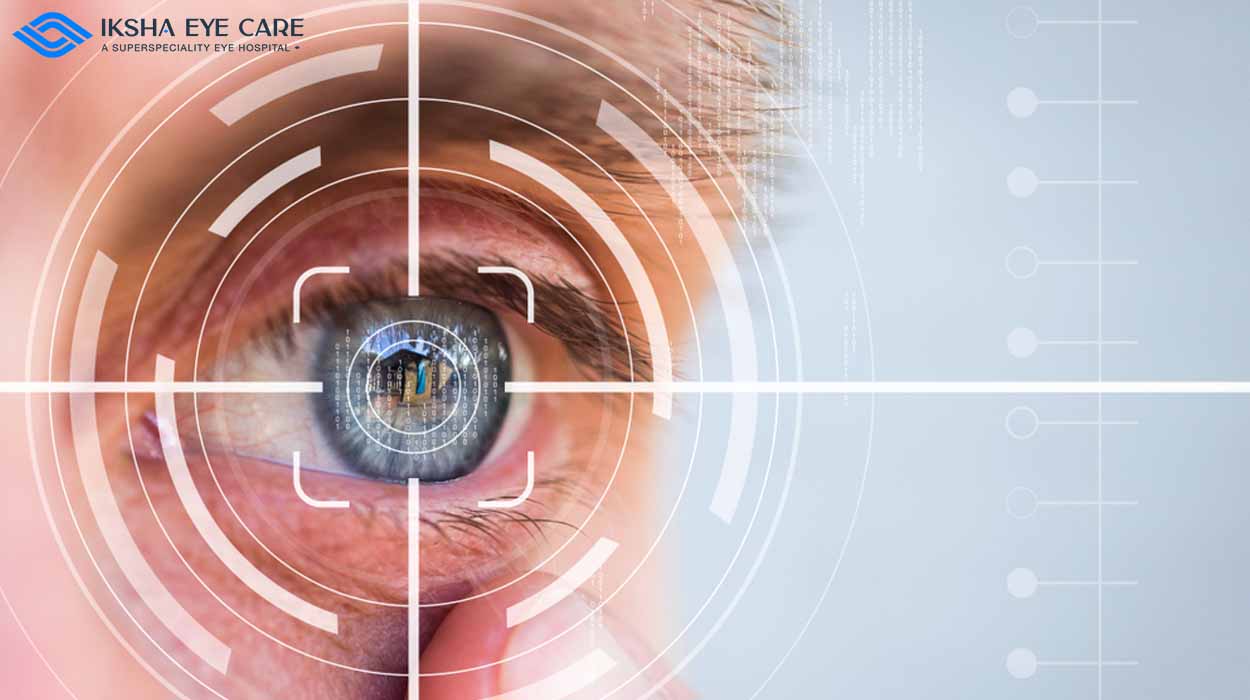Find the most effective Glaucoma Service Near Me: Expert Eye Care Solutions
Find the most effective Glaucoma Service Near Me: Expert Eye Care Solutions
Blog Article
The Role of Advanced Diagnostic Tools in Identifying Eye Disorders
In the world of ophthalmology, the application of advanced diagnostic tools has actually changed the early identification and administration of different eye problems. As the need for precise and timely medical diagnoses proceeds to grow, the assimilation of cutting-edge tools like optical coherence tomography and visual field testing has ended up being crucial in the realm of eye treatment.
Relevance of Very Early Medical Diagnosis
Early medical diagnosis plays a critical duty in the efficient management and therapy of eye disorders. By detecting eye problems at an early phase, healthcare providers can use suitable therapy plans customized to the particular problem, ultimately leading to far better outcomes for individuals.

Innovation for Spotting Glaucoma
Cutting-edge diagnostic modern technologies play an essential duty in the early discovery and monitoring of glaucoma, a leading root cause of irreparable blindness worldwide. One such modern technology is optical coherence tomography (OCT), which supplies detailed cross-sectional pictures of the retina, enabling the measurement of retinal nerve fiber layer thickness. This dimension is important in examining damages brought on by glaucoma. One more advanced tool is aesthetic area testing, which maps the sensitivity of an individual's aesthetic field, assisting to identify any areas of vision loss attribute of glaucoma. Additionally, tonometry is used to determine intraocular stress, a significant risk element for glaucoma. This test is vital as raised intraocular pressure can result in optic nerve damage. Additionally, more recent technologies like the use of synthetic knowledge formulas in assessing imaging information are revealing promising results in the early detection of glaucoma. These sophisticated analysis devices allow eye doctors to diagnose glaucoma in its early phases, permitting for timely intervention and better monitoring of the illness to stop vision loss.
Duty of Optical Coherence Tomography

OCT's ability to evaluate retinal nerve fiber layer thickness permits specific and objective dimensions, helping in the very early detection of glaucoma also before aesthetic field defects emerge. OCT technology allows longitudinal surveillance of structural adjustments over time, helping with tailored treatment plans and timely treatments to help protect patients' vision. The non-invasive nature of OCT imaging likewise makes it a recommended choice for keeping an eye on glaucoma development, as it can be repeated on a regular basis without causing discomfort to the person. Overall, OCT plays a vital function in boosting the analysis accuracy and administration of glaucoma, inevitably adding to better results for people in jeopardy of vision loss.
Enhancing Medical Diagnosis With Visual Field Testing
A necessary part in thorough ocular analyses, aesthetic area testing plays a critical function in enhancing the diagnostic process for various eye problems. By analyzing right here the complete level of an individual's aesthetic field, this test provides crucial information regarding the practical integrity of the entire aesthetic path, from the retina to the visual cortex.
Aesthetic area testing is particularly you can find out more valuable in the medical diagnosis and monitoring of problems such as glaucoma, optic nerve disorders, and various neurological illness that can affect vision. Via measurable measurements of peripheral and main vision, medical professionals can discover subtle adjustments that may indicate the visibility or development of these disorders, also before recognizable signs occur.
Furthermore, aesthetic field screening permits the monitoring of therapy efficacy, aiding ophthalmologists customize restorative interventions to specific people. eyecare near me. By tracking modifications in aesthetic field efficiency gradually, doctor can make educated choices regarding readjusting medicines, advising surgical treatments, or implementing various other proper steps to maintain or improve an individual's visual function
Taking Care Of Macular Degeneration
Conclusion
Finally, advanced diagnostic devices play an important duty in identifying eye problems at an early stage. Technologies such as Optical Comprehensibility Tomography and visual area testing have actually significantly boosted the precision and performance of diagnosing conditions like glaucoma and macular deterioration. Early detection enables prompt intervention and management of these disorders, inevitably bring about much better results for clients. It is crucial for health care professionals to remain updated on these advancements to provide the ideal feasible look after their people. eyecare near me.
Report this page